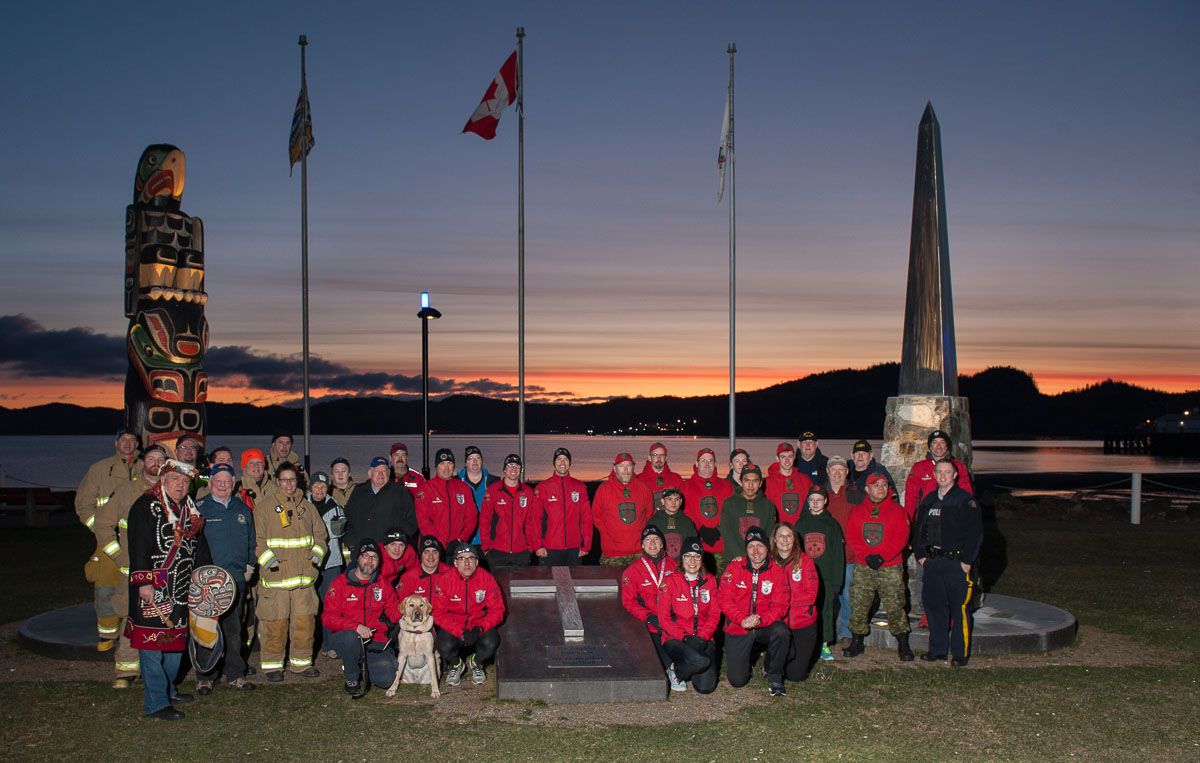Designer
Been spending a lot of time on here!
- Joined
- Apr 13, 2012
- Messages
- 18,505
- Reaction score
- 4,853
- Location
- Iowa
- Can others edit my Photos
- Photos OK to edit
For flash shots, you don't need to meter anything, just put it in iTTL, and fire away. For NON-flash photography, I think I would have used spot metering mode. Matrix metering includes the subjects AND the surroundings, which may or may not even show up in your shot.Thank you all so much for your feedback. So much to learn.
I'm currently using matrix metering mode, which appears to work best in these environments where there is little light, and light that varies greatly from one area of the frame to another. Is that correct? Using matrix metering also enables the BL, or balanced fill-flash, on the SB-700. I'm currently also using iTTL mode.
The points I was trying to make about having a wall directly behind the subjects was regarding the depth-of-field focus area. Isn't the in-focus area of the center area of the picture dependent upon there being some area behind the center? I don't understand why sometimes I can produce a picture at f/2.8 that's in-focus throughout the entire picture, and not in focus when taken a certain focal lengths but not others.
There was a suggestion that I should have taken it at f/5.6 with ISO 800. I'm almost never able to get a nice blurred background in the picture when taken at anything beyond f/4 and I don't know why. Doesn't it really depend on the lens? Or was the comment made without the expectation of getting a blurred background, instead only that it be fully in focus?
My last question is about the comment that I should have lowered the shutter speed. This might deserve a separate post, but I'm confused here too. Every time I lower the shutter speed below 1/160th, there's motion blur. The flash is supposed to stop motion, but I don't know what I'm doing wrong that it doesn't do that. Even at 1/160th, if there's significant motion in the picture, it will show at least some motion blur.
I realize these are somewhat novice questions. I'd appreciate it if you had any input or could direct me to specific docs/videos/info that helped me to understand.
If your subjects are asked to stand near a wall and sort of line up in a straight line, then most people will tend to be the same distance from the lens as well as from the wall. (human nature)
If you want the BG to blur, then follow the variables in the DOF calculator. You will find that not only the aperture, but the focal length and distance all contribute to background blur.
I think I said if you're hand-holding, and if the background has some light on it, then your surroundings (background) will show camera movement blur, so use the ROT regarding shutter speed/focal length: Shutter=1/FL or faster. Some people can hold a slower shutter speed with practice, and some people need to increase the shutter speed (much shorter time) because they just can't hold very still. Yes, flash will "freeze" motion of subjects that are in the flash, but the background (which is not well illuminated by the flash) might show movement blur.



![[No title]](/data/xfmg/thumbnail/37/37619-ccc825bbe41ff30b1d1e808dec8d6932.jpg?1734170744)

![[No title]](/data/xfmg/thumbnail/38/38292-ab7b4579becf6f3bda3ef5b18219d707.jpg?1734172201)







